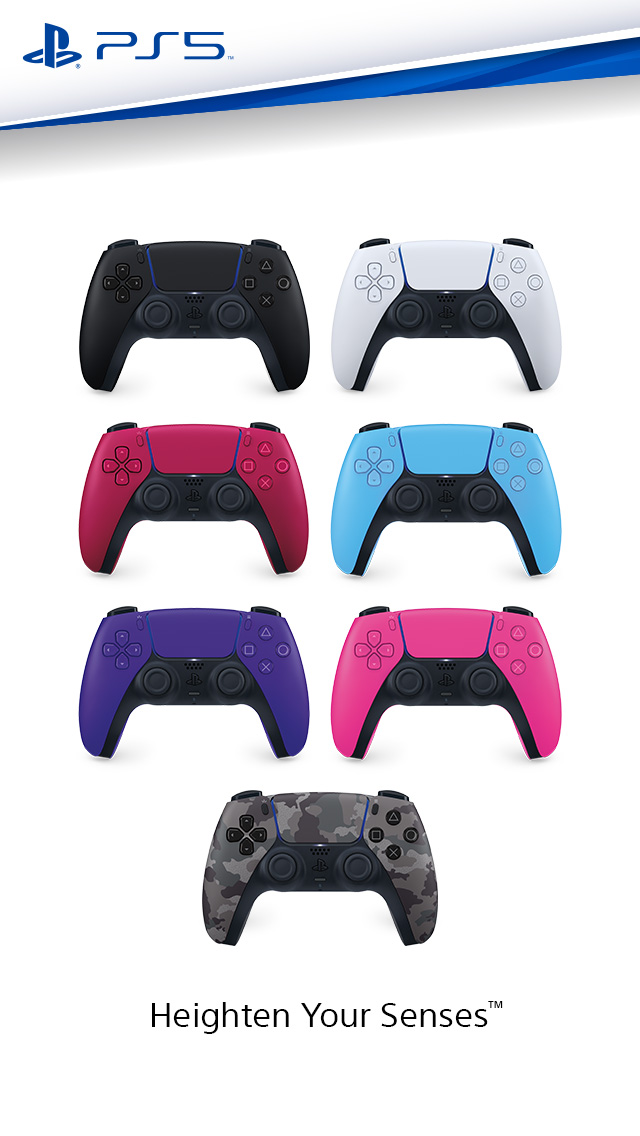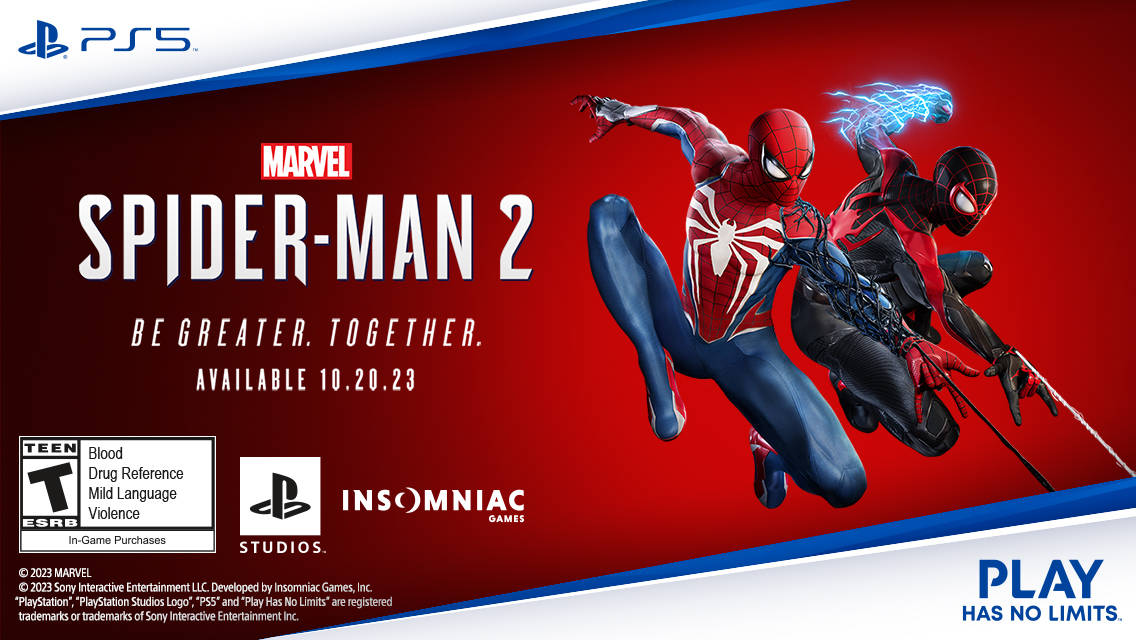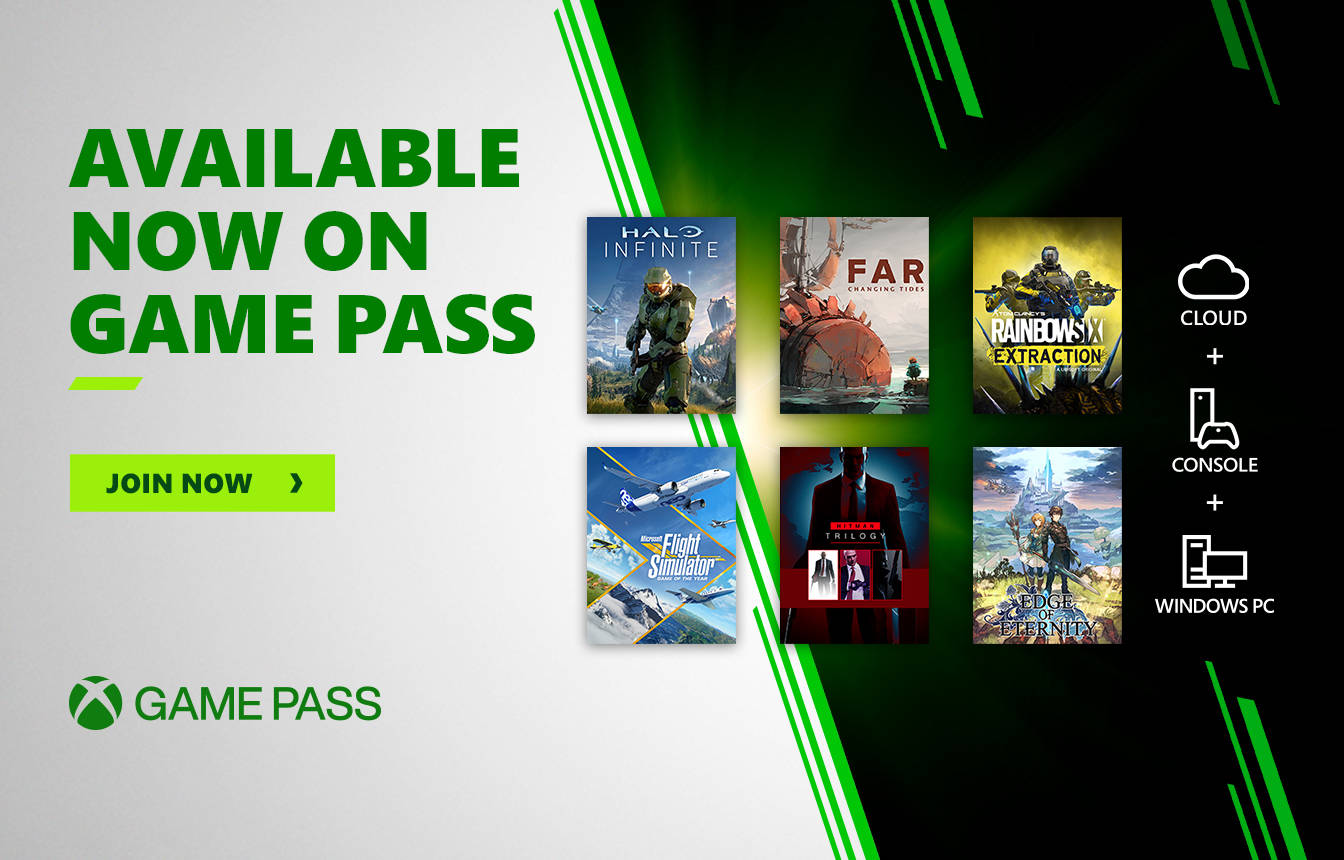It’s not often that Nintendo pushes out an original new IP nowadays, but when it does, it’s always…interesting. Just like the squid-kid post-apocalyptic world presented in 2015’s Splatoon, Arms opens with a bizarre premise: certain people wake up to find that their arms have been replaced with super stretchy, spring-like lengths of ribbon, ramen noodles, or snakes, and decide to show off their mutated appendages in a punching competition. And, just like Splatoon, the strange premise of Arms weirdly works wonderfully.
Arms is a third-person fighting game, setting the camera just behind your chosen character and following them around as you punch, grab, and punish your opponents. Like a lot of games, there’s a central triangle to the combat: punches stop grabs, grabs go through shields, and shields block punches. You can’t just punch wildly; much of the combat strategy comes from reading your opponent and predicting when they’ll make a move, or reacting to a punch already heading your way.
In addition to that, each player can equip one Arm (the weapon) to the end of each of their chosen character’s arms (the appendage). These Arms can be light, medium, or heavy, and each comes with a different speed, arc, and special ability. Some shoot lasers, some can blind your opponents, and others are capable of inflicting status effects to stun, shock, or freeze your enemies upon a successful hit. Choosing the right Arms at the beginning of a match, whether that means dual-wielding boomerangs in a quick arc or packing a heavy, slow moving electrifying punch, will determine much of your playstyle.
Each character starts with three default Arms, but as you play and earn in-game currency (no microtransactions here), you gain the chance to unlock the Arms of other characters in order to mix-and-match. Since each character also has a unique ability—double jumping, permanently charged punches, or the ability to regain health while blocking, to name a few—this means that there’s plenty of room to experiment with different Arms on different characters and a surprising amount of depth to the combat, should you go looking for it.
On the flip side, Arms is fairly easy to pick up and play. Counter-intuitively, though, its controls may give more trouble to experienced gamers than newcomers. While the game can be played with standard controls (and this is likely to be the option most gamers gravitate towards), the default—and perhaps more fun—control configuration is motion-oriented. Nintendo asks players to hold the Joy-Cons in a unique grip, with each rotated 90 degrees so that the face buttons of each controller are pointed towards each other and the player’s thumbs lie along the thin edge of the controller. In this configuration, players only need to push the two trigger buttons on each Joy-Con, with every other action done through the motion controls.
Overall, this works pretty well. The basic motions are geared around punching, and unlike the sports games of the Wii era, you’ll need to actually guide and aim your punches instead of flailing blindly at the screen. You can steer each punch to arc it around from the sides or above, or go for a quick jab straight down the center. I never had a problem with the tracking here, and it was pretty fun to get into the spirit of the game and punch away. For casual play with friends and family, this is probably the way to go—though you’ll want to wear wrist straps or risk chucking a Joy-Con straight through your TV.
A few factors ultimately steered me towards using the standard control scheme, though, and it seems like the model more likely to be adopted by long-time fighting game fans. My biggest issue with the motion-based controls was with the movement for actually walking around each arena. This simple mechanic is almost immersion-breaking with motion controls. Most of what you do—grab, punch, block, steer—is mapped one-to-one from each of your hands to each Arm, and it works really well. Movement is the one exception, though, requiring you to tilt the controllers around just to move, and since you’re used to thinking of these controllers as extensions of your Arms, it’s a very odd motion to tilt those around to walk. With standard controls, you just use the left stick.
Several other options, like the button to change which opponent you’ve locked on to, are also just easier to reach with standard controls. My only gripe with the standard controls is that you can’t customize how the controls are mapped, and some abilities are oddly assigned here, too, like with shields being activated by clicking down the left thumbstick.
Whatever the configuration, the controls will take a little getting used to. Though the layout’s look on paper may turn fighting game fans away initially, I’d still encourage giving it a shot. Playing, especially with motion controls, is a lot of fun, and the game generally has some surprising depth that may perhaps be easier to grasp if you don’t have preconceived notions of which button shield “should” be on.
This is helped along by Arms‘ design, which is bright, fun, and innovative. Each character comes with an associated stage, each of which has a unique gimmick and a variation on the game’s main theme music. Some environments are destructible, others have strategically-placed trampolines and obstacles, and a few have even more unique setups, like the Snake Park’s hover-discs that can be jumped on and skated around the arena. A good number of the audience members may be cut-and-paste, but there’s a nice level of Nintendo polish on the stages themselves. There’s nothing more satisfying than smacking the Ramen Bowl’s giant gong with a stray punch.
Arms also offers up a variety of gameplay modes to keep things fresh. When online, you’re placed in a lobby with a number of other people, and you’ll be pulled and grouped with others to test out these different modes. While waiting, you can see everyone else in the lobby and keep an eye on the stats of ongoing matches, watching as opponents lose health or take punches. While you can’t control what mode you’ll be placed without making a custom lobby, the matchmaking seems geared towards putting everyone in some kind of match as quickly as possible. I never had to wait long to get into a match and never had connection issues, though of course I played on the servers in a pre-launch state when there was minimal strain.
These various modes can also be played in single-player or with a group of local friends, and they even appear as stages to break up the one-vs-one fights in the game’s “campaign,” a Grand Prix. There’s Skillshot, a break-the-targets mode with an emphasis on precision, chaining lots of targets in a single punch, and disrupting your opponent across the stage from you. Next is Hoops, a fun—if exploitable—basketball mode centered on grabbing your opponent and chucking them through the single hoop on the stage. There’s my least favorite, Volleyball, which involves knocking a ball back and forth across a net (and while it’s kind of entertaining with a group of four, it’s not interesting at all when facing a single AI). Not included in online lobbies is 1 vs 100, which mixes in a time trial element. Finally, the boss of the single-player Grand Prix can appear in online lobbies for some PvE, requiring the cooperation of everyone on a team to take it down.
Even the standard modes can have a lot of variation, letting two players fight one on one, three players each fend for themselves, or four players literally tied together with a stretchy spring in teams of two. This 2v2 mode connects each team, so that if one teammate gets thrown, the other will follow as the line pulls them. All of this means that there’s a pretty decent selection of stages and modes to play, and it’s easy to swap between single-player, local split-screen multiplayer, online multiplayer, and ranked matches. You can even have a friend jump into the Grand Prix campaign.
In many ways, Arms reminds me most of Nintendo’s Super Smash Bros. series. It has a variety of fighters and stages and is fun and easy enough to pick up with friends for some local multiplayer, but also has enough depth that anyone who wants to put in the practice and delve into competitive modes will kick the butts of their non-competitive family. It’s got plenty of customization, letting you set the limits and rules of a match, such as extending the timer or turning items like bombs or health restoration packs on and off, and it has a unique cast of fighters with different skill sets and combos.
While Arms is by no means lacking content, a fighting game can always use more. Obviously, I can’t speak for content that’s not in the game yet, but Nintendo has promised to give Arms the Splatoon treatment, expanding the roster past the 10 fighters the game ships with, and adding stages and other major content updates for free as time goes on. This isn’t speculation—it’s content that Nintendo has guaranteed will be coming later on down the line. As a fledgling game, Arms is interesting, quirky, and fun. If Nintendo continues to grow it along the same lines of Splatoon, I’m eager to see what shape Arms will take as it continues to evolve.
|
★★★★☆
A world where people fight with ramen noodles, DNA, and snakes shouldn’t be this much fun. It may take a while to get the hang of the controls in Arms, but the wildly inventive characters, catchy theme music, and unique gameplay style offer enough to capture the attention of casual and competitive gamers alike. |
Developer Nintendo EPD Publisher Nintendo ESRB E10+ - Everyone 10+ Release Date 06.16.17 |
| Arms is available on Nintendo Switch. Primary version played was for Switch. Product was provided by Nintendo for the benefit of this coverage. EGM reviews on a scale of one to five stars. | |

Emma’s early gaming was mostly done in secret, as the only gamer in a family of normal people. She still retains skills from this dark period in her life, such as the ability to teleport instantly across the house away from the computer, and holds a gold medal in the Olympic sport of “Hide the Gameboy.” Sorry, Mom, now you know.





